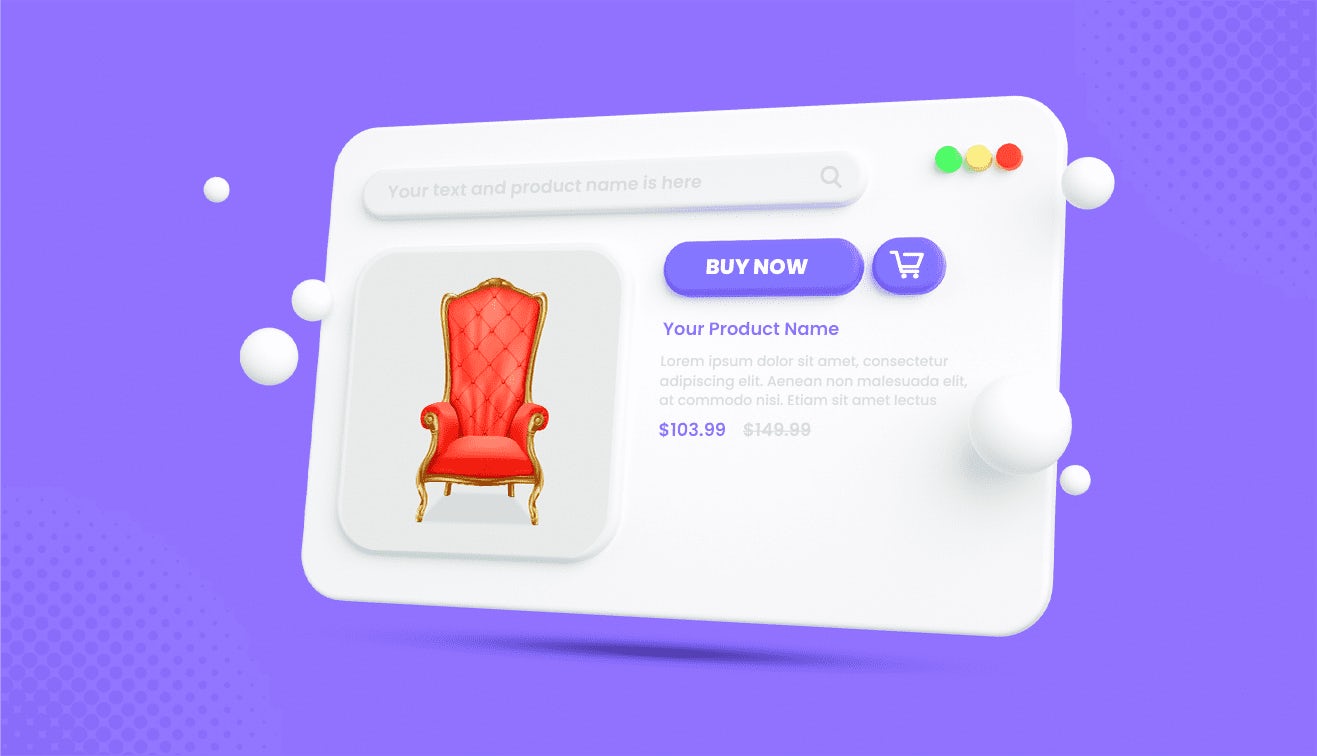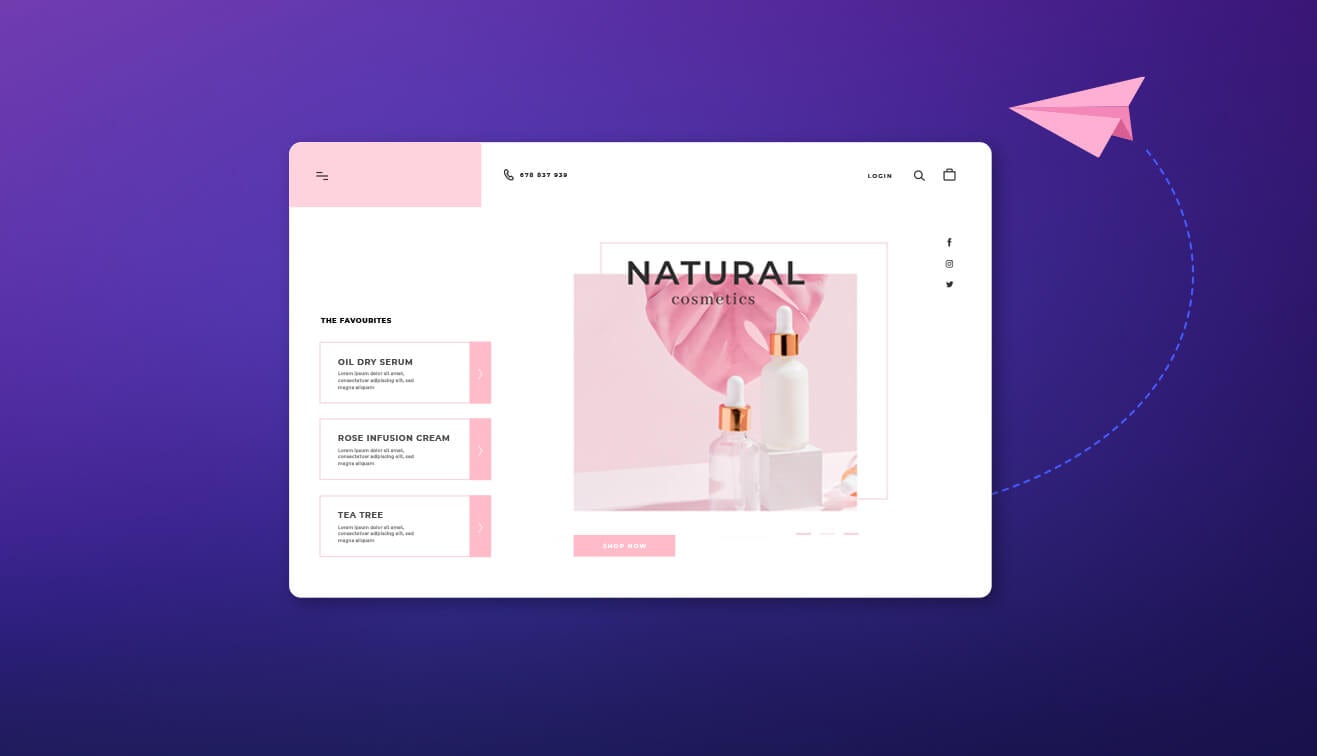Sales funnels are the backbone of how businesses connect with their audience, turning interest into action and driving revenue. But did you know the way these funnels operate differs dramatically between B2B (Business-to-Business) and B2C (Business-to-Consumer) models?
In B2B, the process is often longer and more intricate, involving multiple decision-makers and tailored solutions. Meanwhile, B2C thrives on quick, emotionally driven decisions, with a focus on convenience and impulse. Understanding these distinctions isn’t just helpful—it’s essential for optimising your sales strategy to meet the unique needs of your target audience.
In this blog, we’ll explore what makes B2B and B2C sales funnels distinct, the challenges businesses face in each, and the technologies that can help you stay ahead. Let’s break it down!
What is a sales funnel?A sales funnel represents the customer journey from the moment they first hear about a product or service to when they make a purchase and beyond. It is typically divided into stages: Awareness, Consideration, Decision, and Retention. The goal of the funnel is to guide prospects toward making a purchase, while also fostering long-term relationships. For both B2B and B2C models, sales funnels are critical, but they operate in different ways. The main difference lies in the length, complexity, and the types of buyers involved in the decision-making process. |
What are the key components of a sales funnel?
Awareness stage
- B2B: Awareness is one of the first sales funnel stages. Businesses often rely on inbound marketing tactics such as SEO, thought leadership content, and paid ads to create awareness. The goal is to attract decision-makers who need specific, tailored solutions for their business challenges.

- B2C: In B2C, awareness is often driven through mass marketing strategies like TV ads, social media campaigns, influencer marketing, and search engine marketing. The focus is on attracting consumers by tapping into their interests or needs.
Consideration stage
- B2B: At this stage, B2B buyers are evaluating solutions with a focus on ROI, scalability, and support. Content like case studies, whitepapers, and webinars become more relevant as buyers consider different vendors.
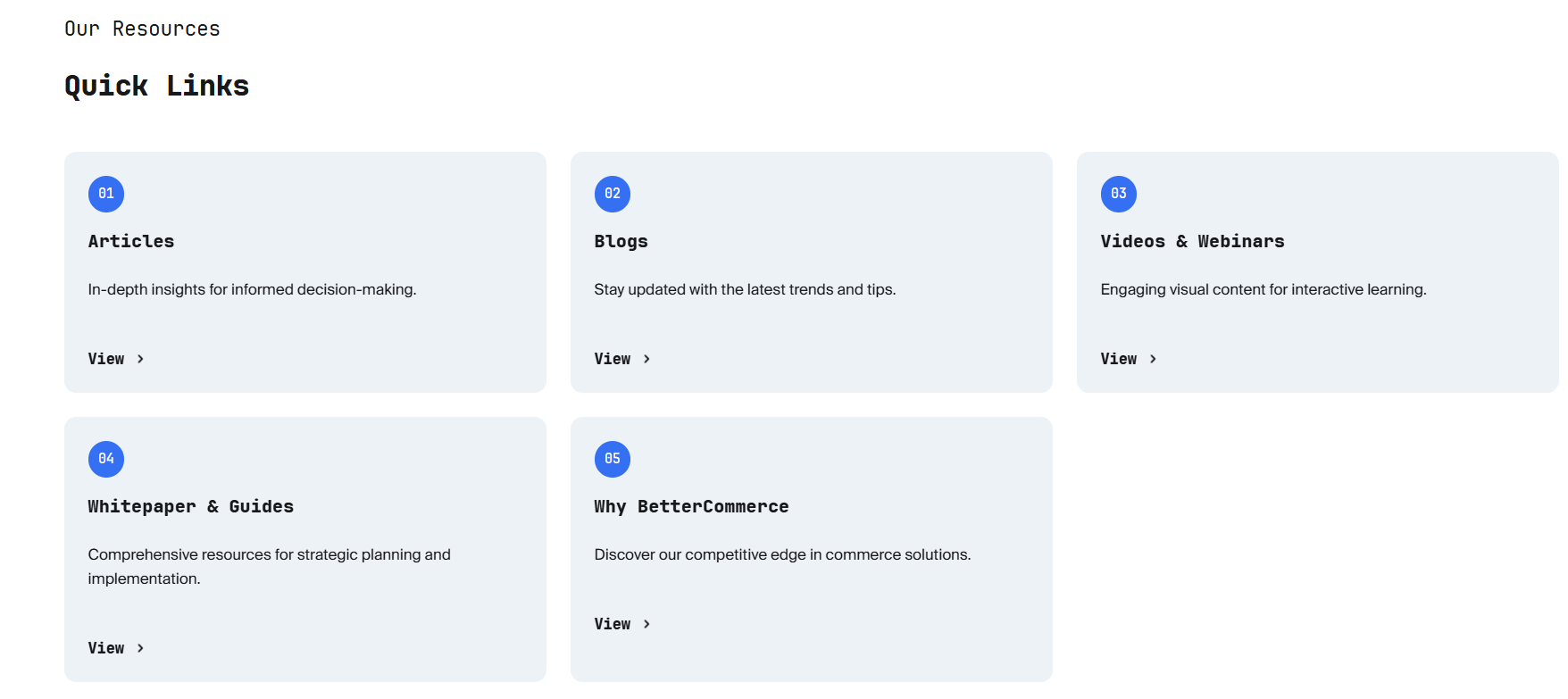
- B2C: B2C customers may rely on product reviews, comparison websites, and influencer recommendations to evaluate products. Pricing, features, and visual appeal play a critical role in the decision-making process. In fact, as per Globe News Wire, a staggering 95% of customers consult online reviews before making a purchase, and 58% are even willing to pay a premium for products with positive feedback.
Decision stage
- B2B: The B2B decision-making process typically involves multiple stakeholders (e.g., purchasing managers, technical experts, executives). Long contracts, negotiations, and detailed product specifications are involved.
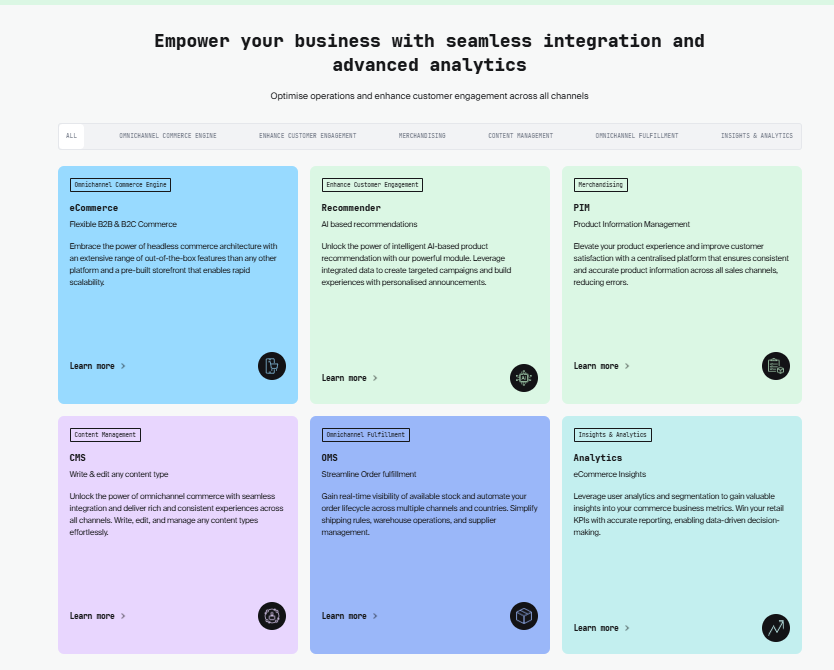
- B2C: The B2C decision-making process is quicker and often involves one individual. The focus is on price, convenience, and immediate gratification. Online shopping carts and “Buy Now” options dominate this stage.
Retention stage
- B2B: Customer retention in B2B involves ongoing communication, account management, and the customisation of services. Loyalty is nurtured through personalised support, value-driven engagements, and contract renewals.
- B2C: In B2C, loyalty programs, newsletters, and remarketing strategies (like abandoned cart reminders) are key tools for driving repeat purchases and fostering brand loyalty.
B2B sales funnel: Characteristics and challenges
In the B2B scenario, nearly 60% of buyers make their purchasing decisions before ever engaging with a salesperson, often perceiving the salesperson's involvement as unnecessary.
The B2B sales funnel is often more complex and longer than its B2C counterpart. Here are some of the defining characteristics of the B2B sales funnel:
1. Length and complexity
B2B sales cycles typically span several months, sometimes even years, due to the nature of the decision-making process. Buyers are often making significant investments, and multiple decision-makers are involved. The funnel has more stages and a greater focus on personalised, data-driven engagement.
2. Customisation and relationship management
B2B buyers often need highly customised solutions, which means that sales teams must work closely with prospects to understand their unique needs and offer tailored recommendations. Relationship management is a critical component, as account managers may be involved in ongoing engagements.
3. Tools and techniques
B2B companies often use CRM (Customer Relationship Management) tools, along with lead-scoring systems to prioritise leads based on their readiness to buy. Techniques like ABM (Account-Based Marketing) help to engage decision-makers with personalised campaigns.
4. Metrics to track
Key B2B sales metrics include MQLs (Marketing Qualified Leads), SQLs (Sales Qualified Leads), sales pipeline velocity, and CLV (Customer Lifetime Value). These metrics help sales teams track the effectiveness of their strategies and identify where prospects are in the sales cycle.
5. Challenges
- Nurturing leads: Building trust and demonstrating long-term value through personalised content is crucial. A staggering 79% of leads fail to convert into sales due to inadequate nurturing, underscoring the critical need for a robust lead nurturing strategy to prevent potential deals from slipping through the cracks.
- Decision-maker alignment: Coordinating with multiple stakeholders can be difficult.
- Higher acquisition costs: The sales cycle is long and requires more investment in content, outreach, and support.
B2C sales funnel: Characteristics and challenges
The B2C sales funnel is much shorter and simpler compared to B2B. Here’s a look at the key characteristics:
1. Speed and simplicity
B2C sales cycles are shorter, often taking only a few hours or days. The focus is on a quick, seamless buying process. Prospects move quickly from awareness to purchase, with fewer touchpoints along the way.
2. Focus on experience
Consumers are drawn to B2C products based on emotions, convenience, and price. The shopping experience, from website design to payment options, is central to the funnel's success. Personalisation, such as product recommendations based on browsing history, is also essential.
3. Tools and techniques
B2C businesses often leverage commerce platforms, retargeting ads, and social media marketing to nurture leads. Automation tools for email marketing, push notifications, and AI-driven personalisation are frequently employed in B2C conversion strategies.
4. Metrics to track
Common B2C sales metrics include CTR (Click-Through Rate), conversion rates, average order value (AOV), and repeat purchase rates. These indicators provide insights into customer behaviour and help optimise the funnel for higher conversions.
5. Challenges
- Competition: B2C markets are crowded, and standing out requires constant optimisation of marketing tactics.
- Managing cart abandonment: With shorter sales cycles, many consumers abandon their carts before completing the purchase.
- Scaling personalisation: Delivering a personalised experience at scale can be challenging.
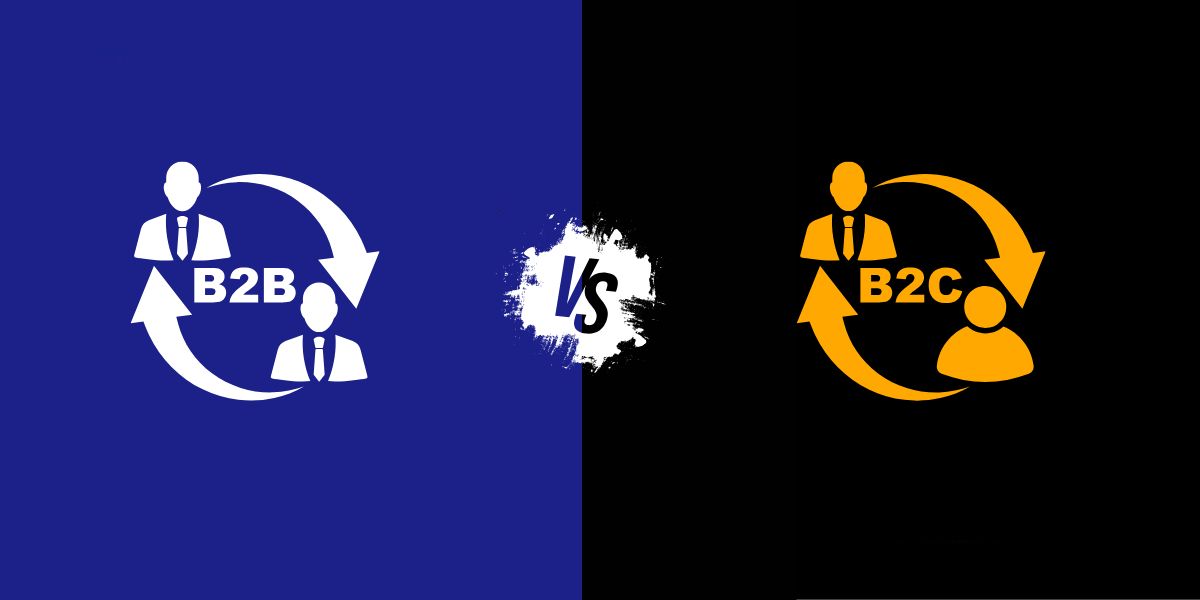

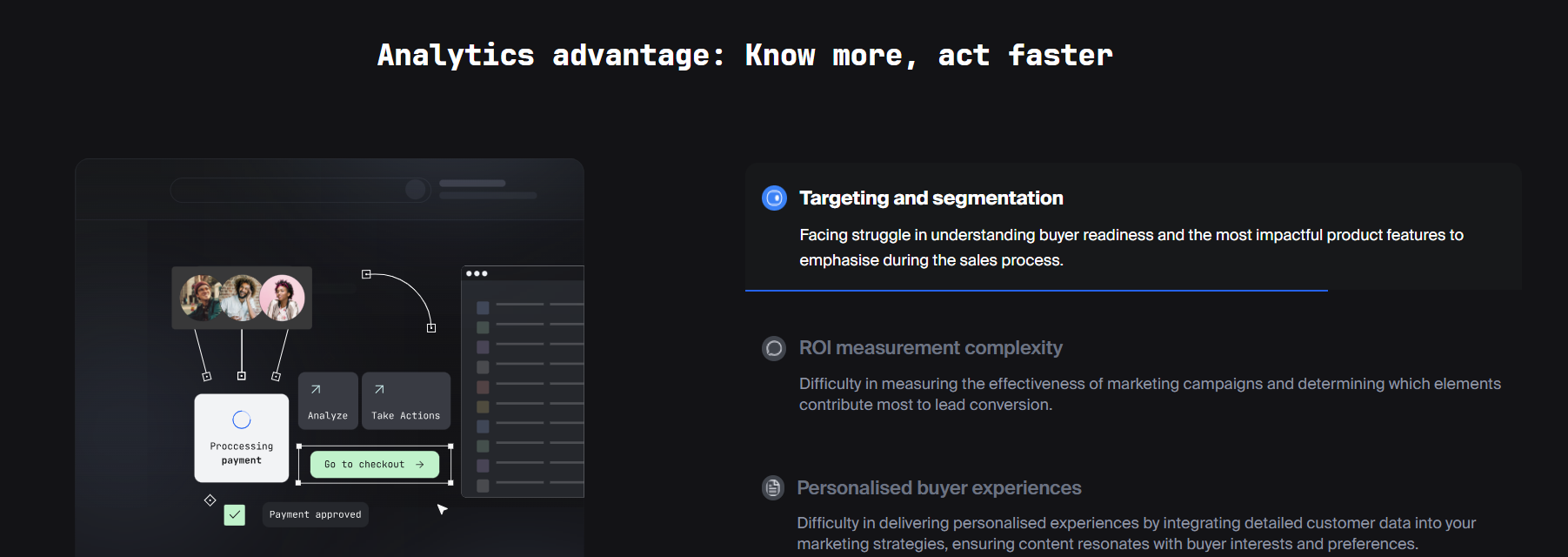
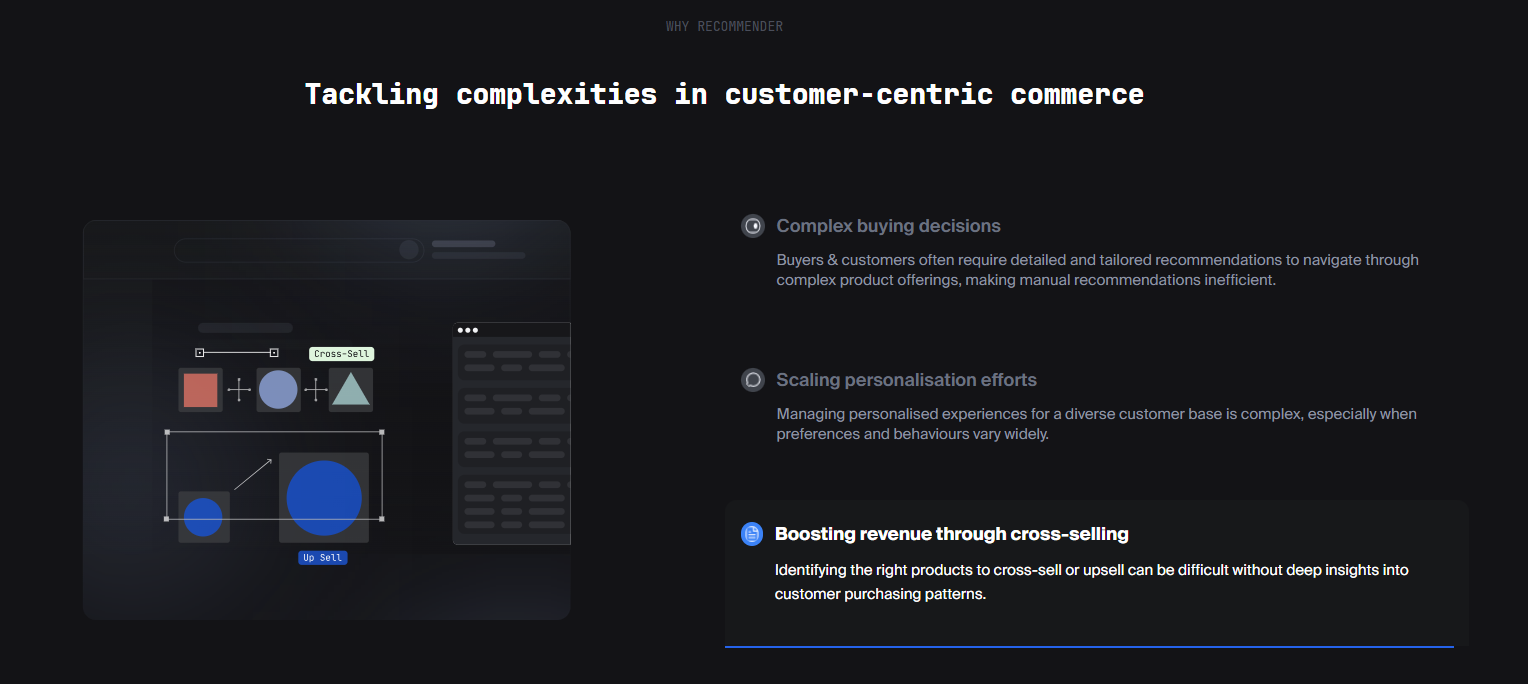














































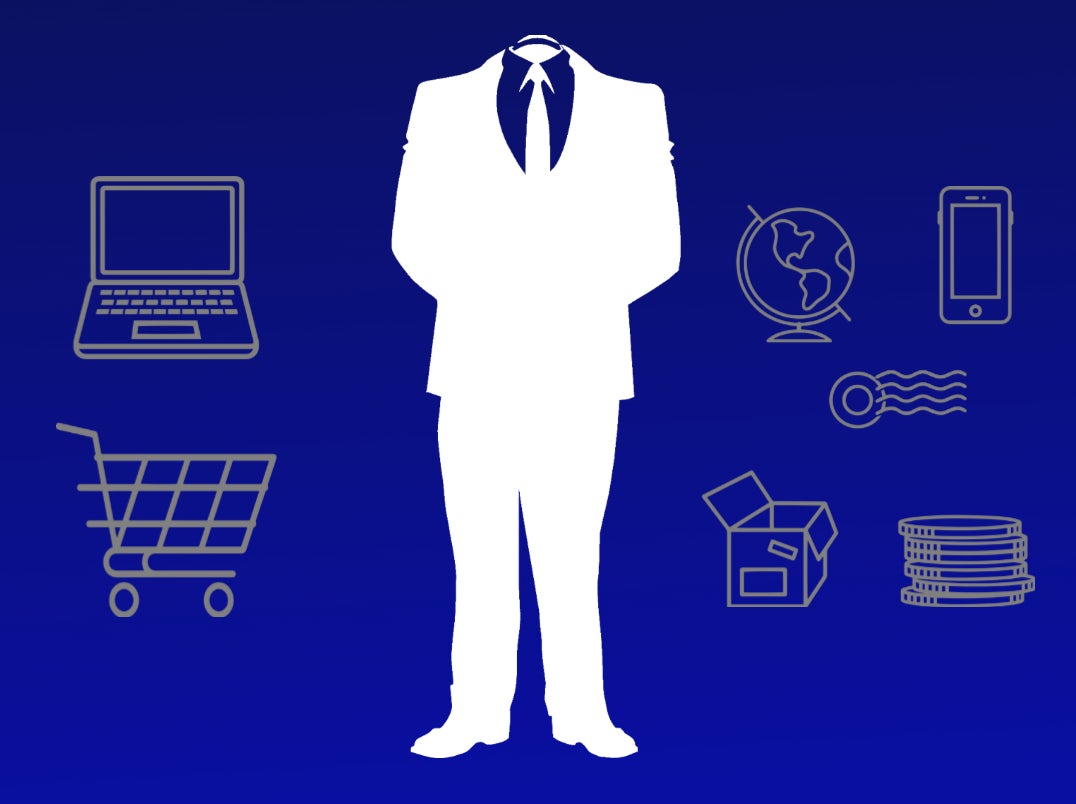

















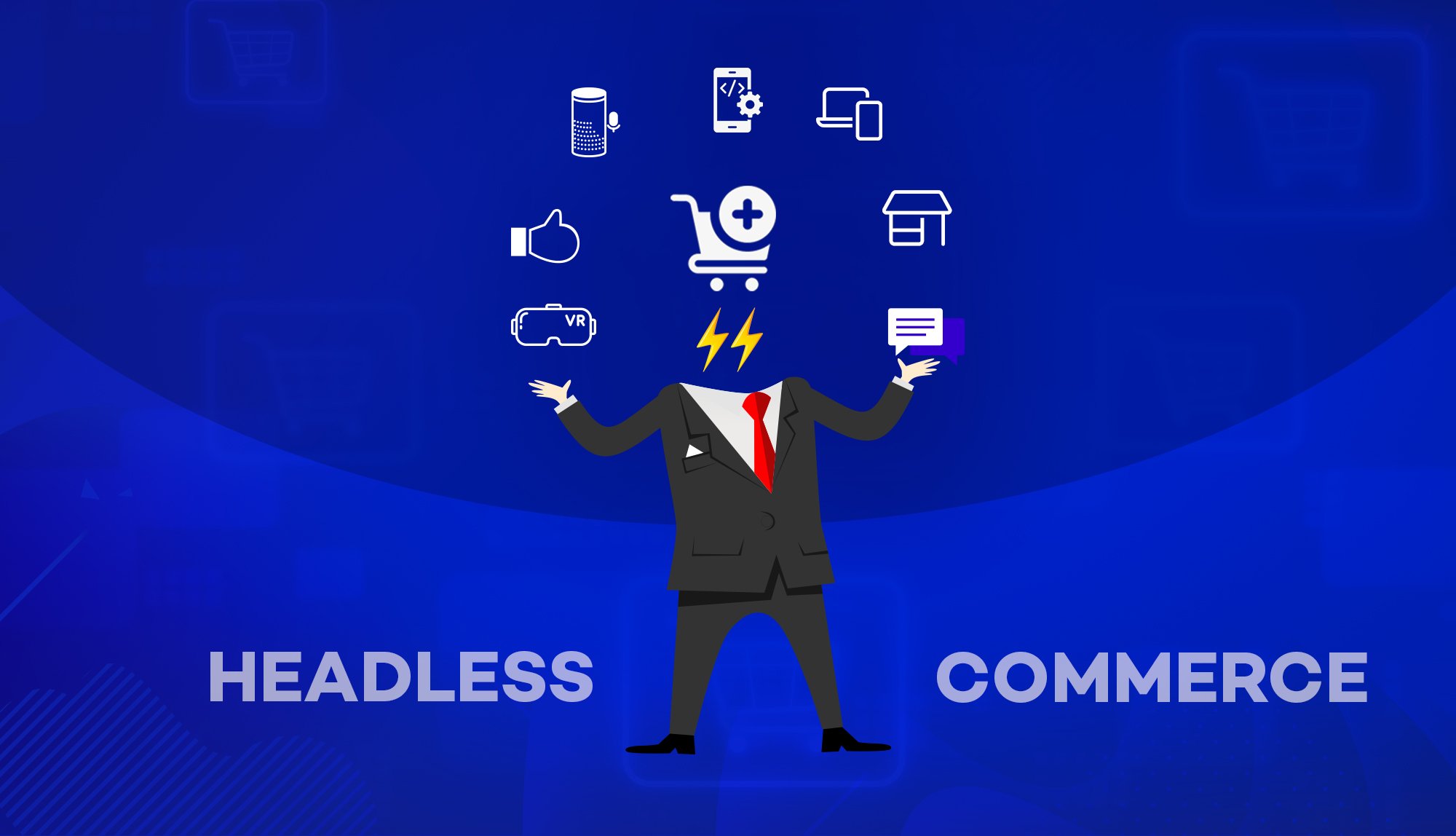
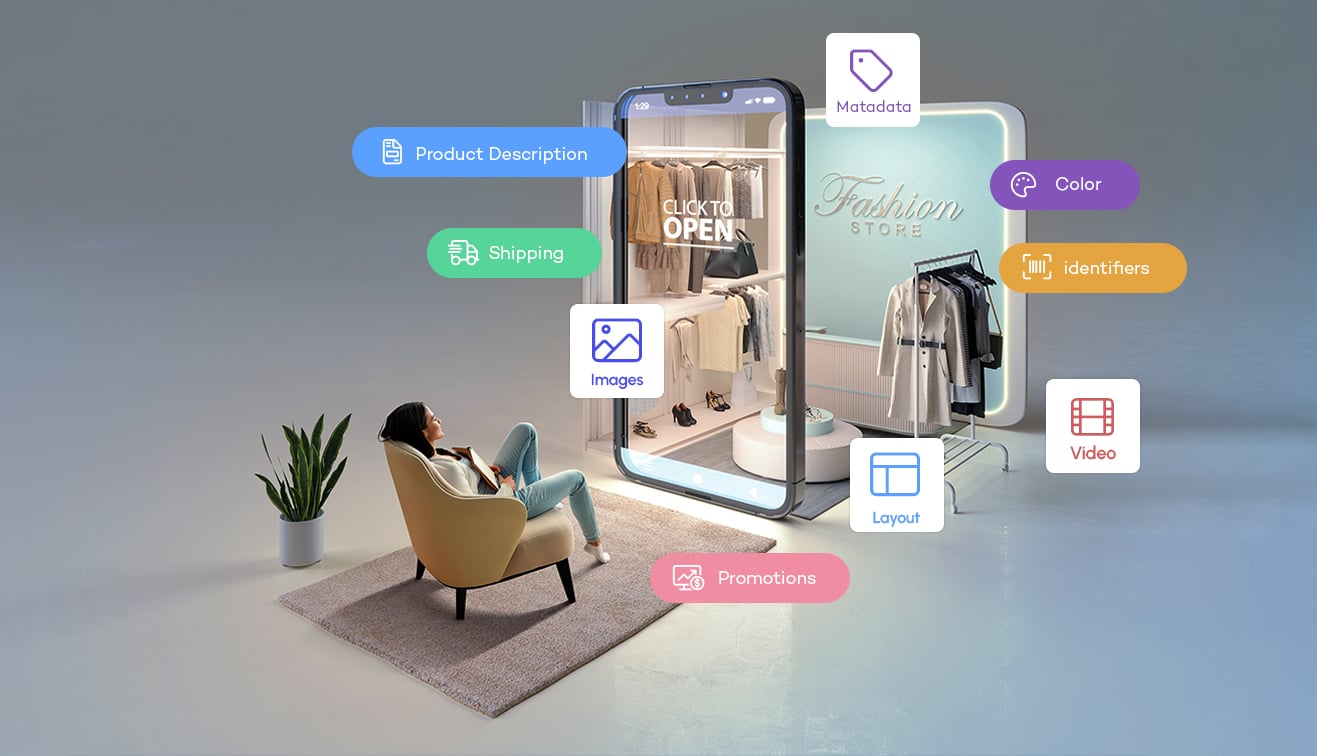
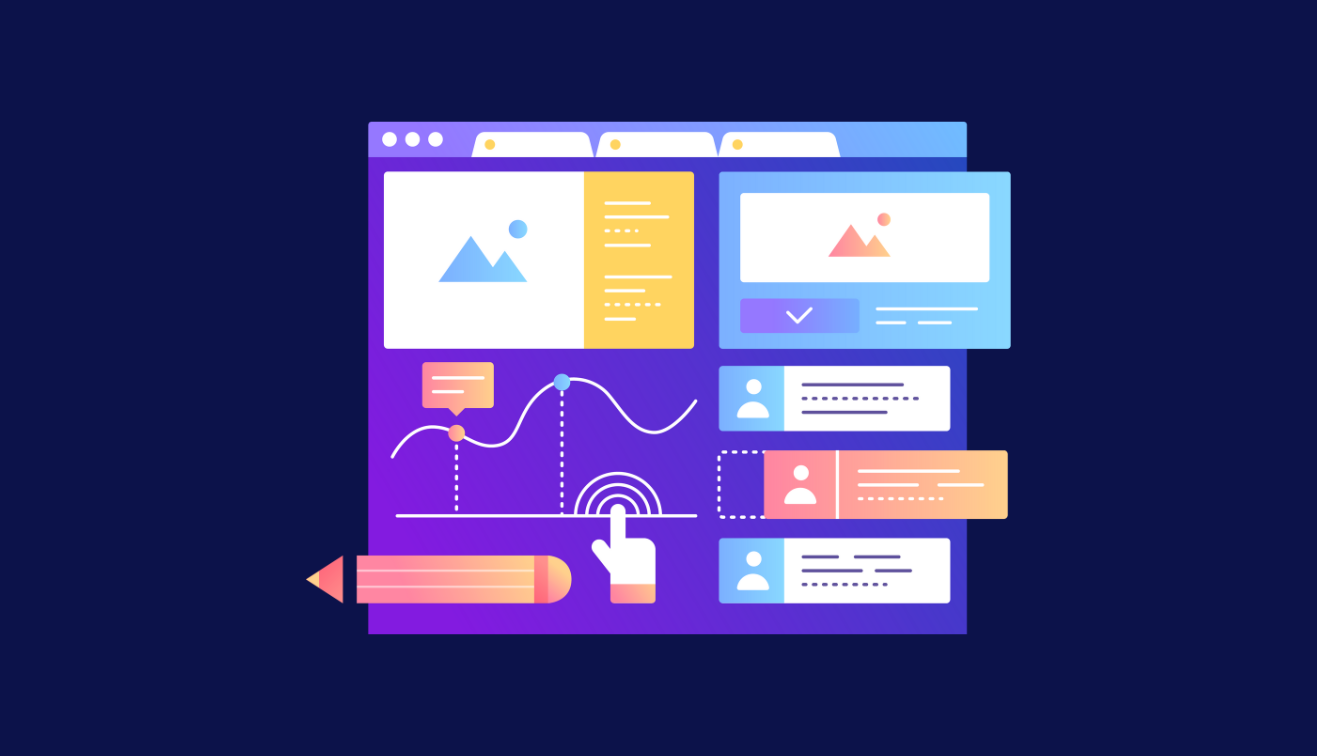
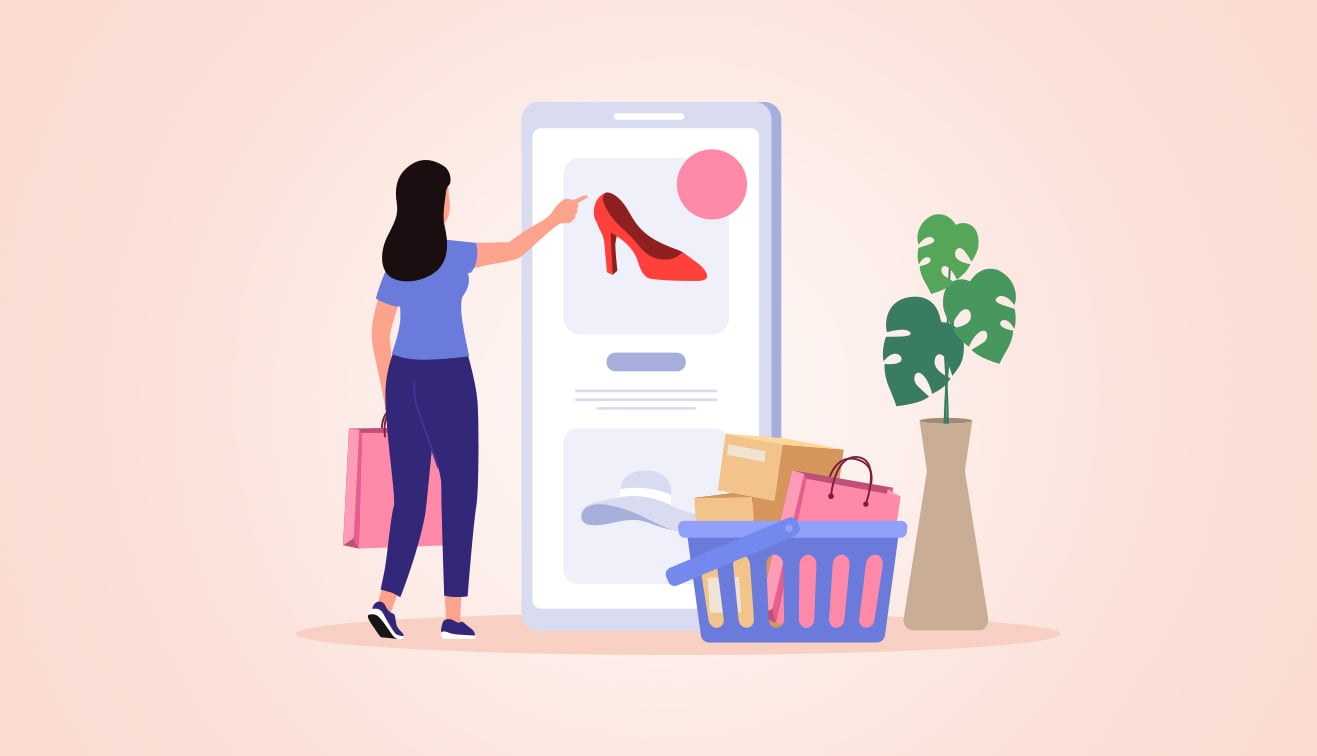
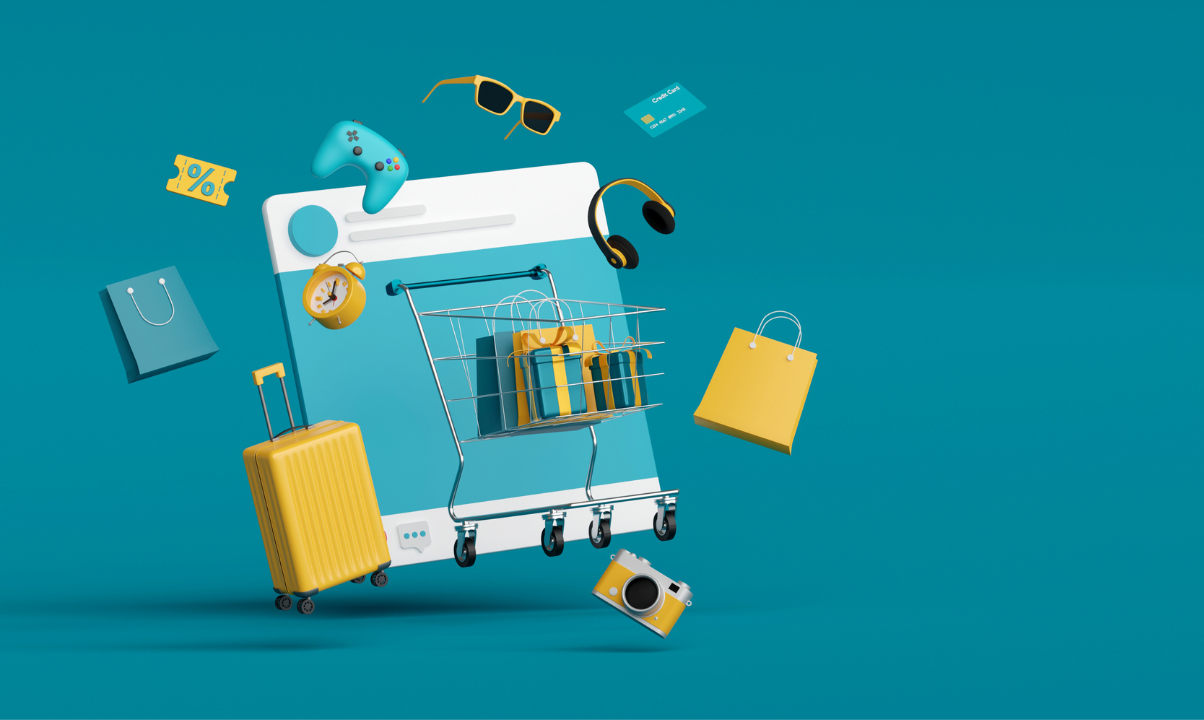
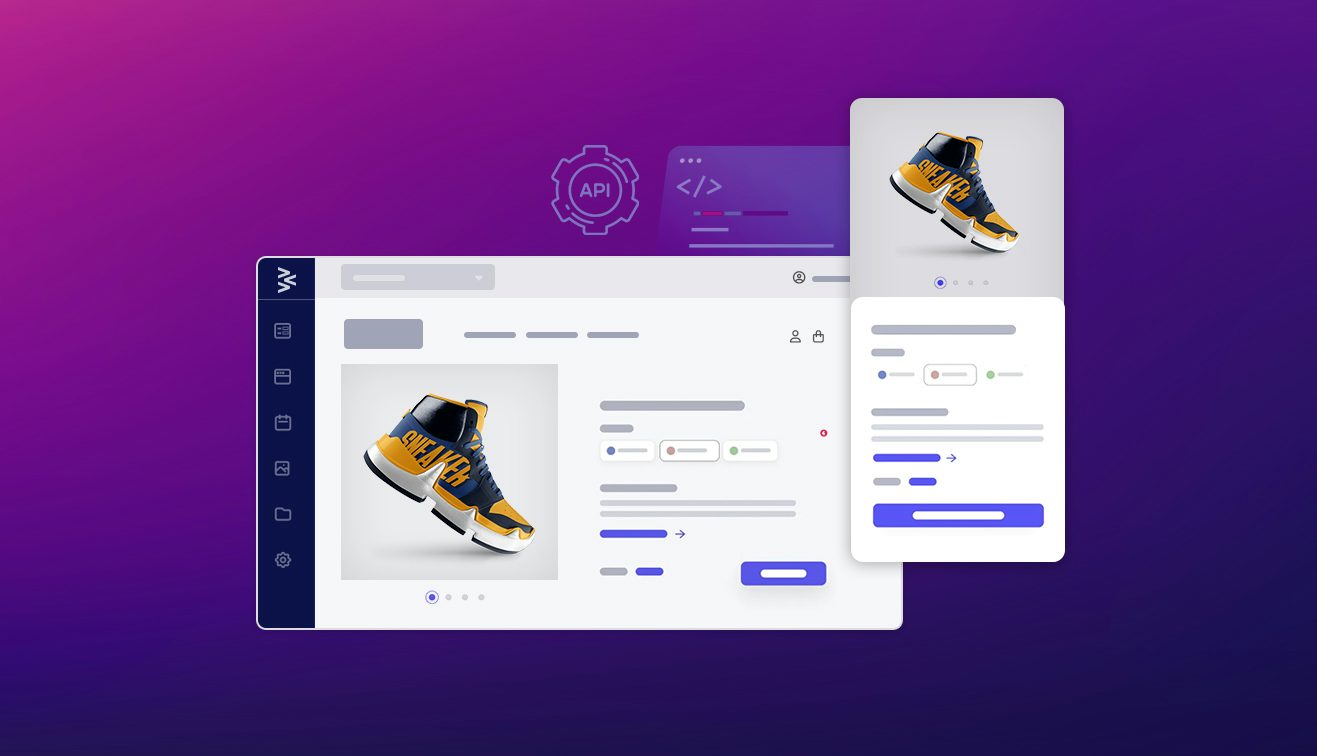
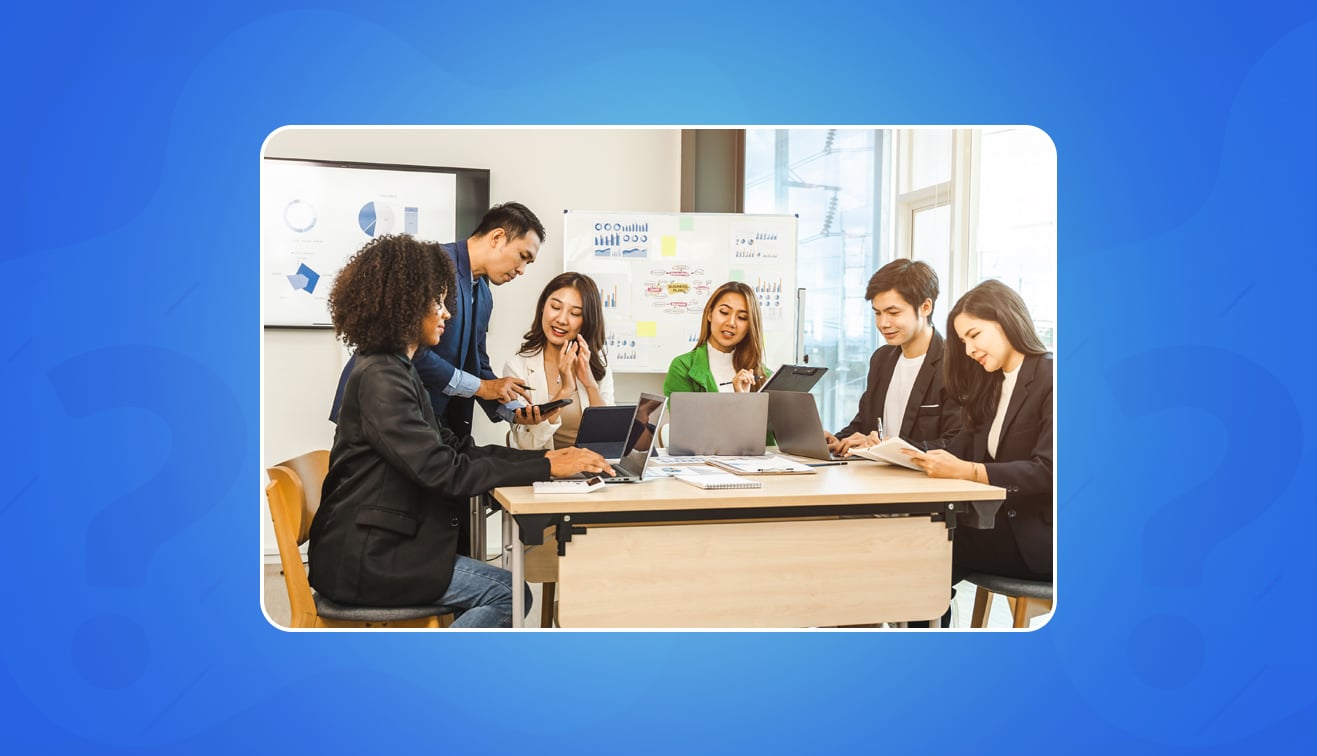
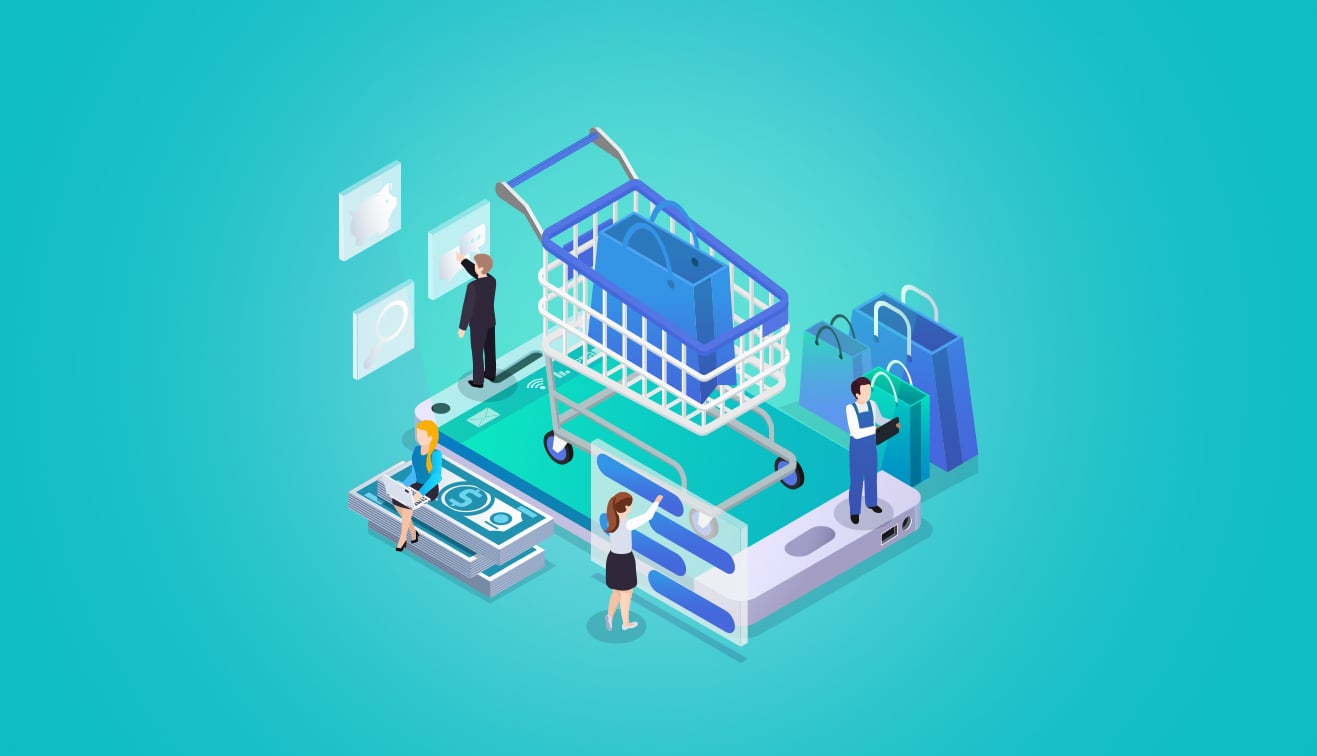
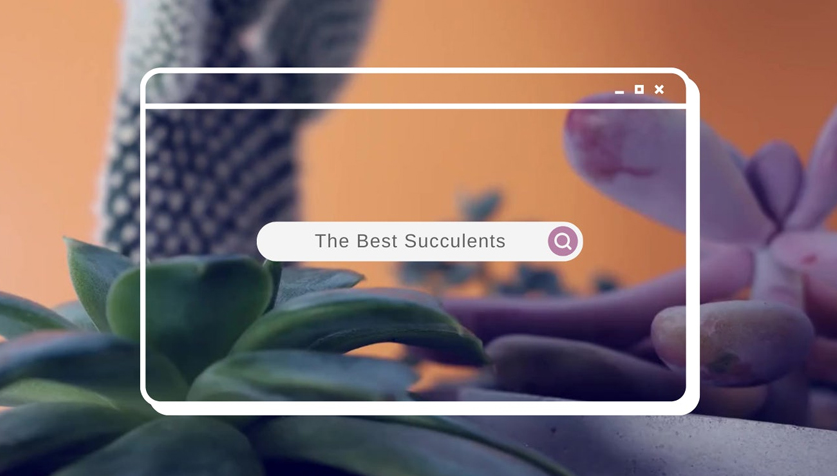
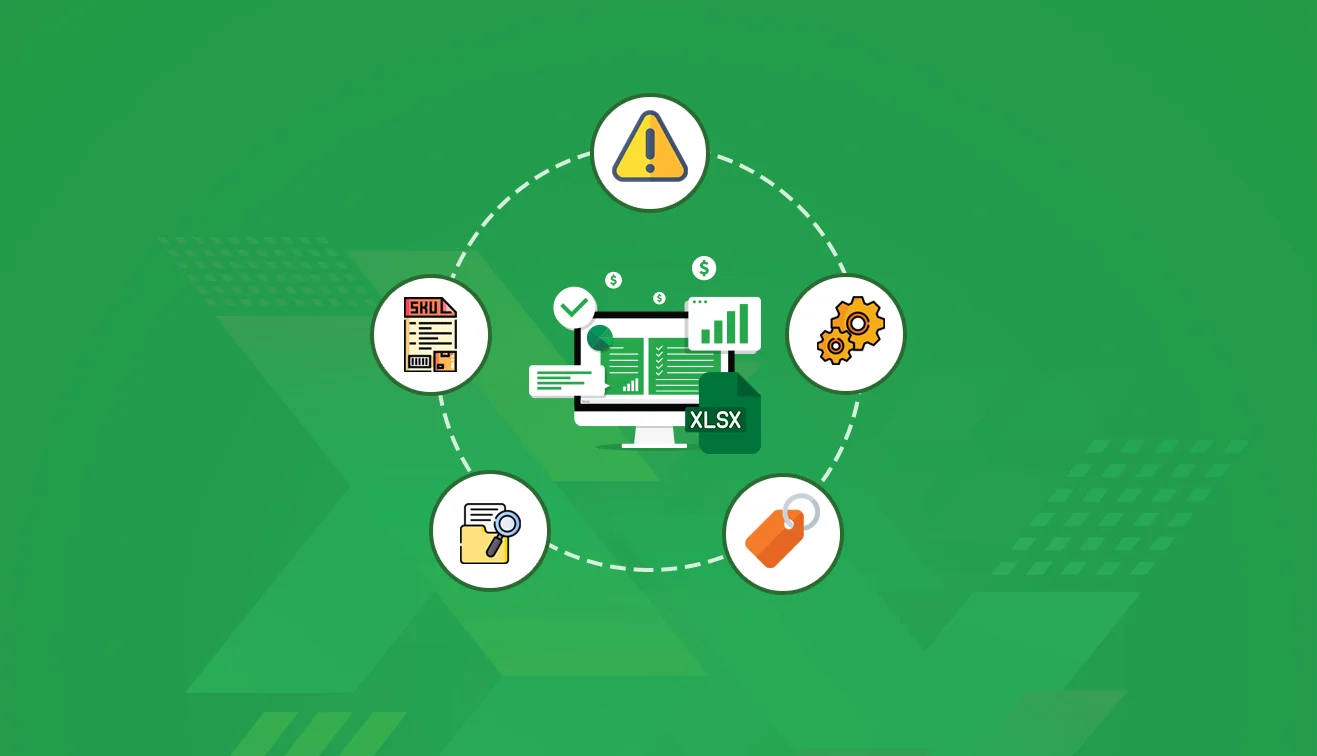
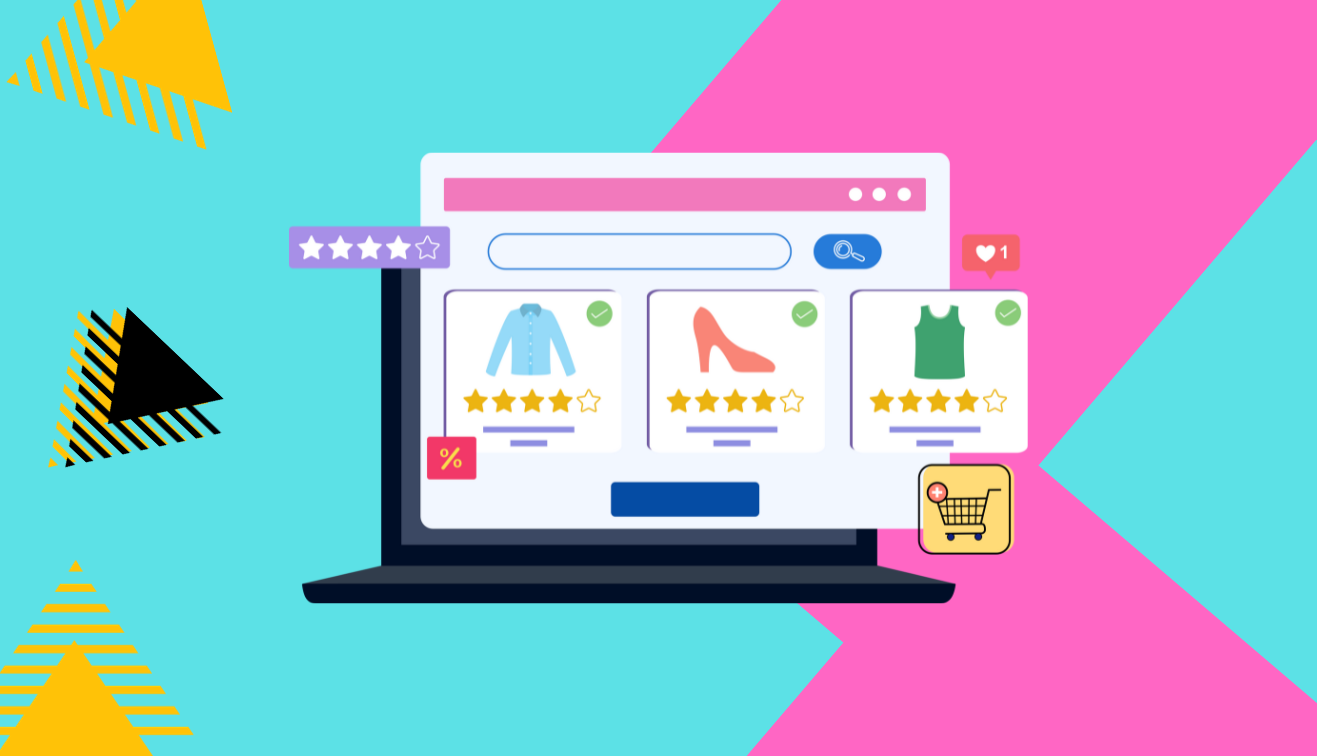
.jpg?w=3840&q=75)
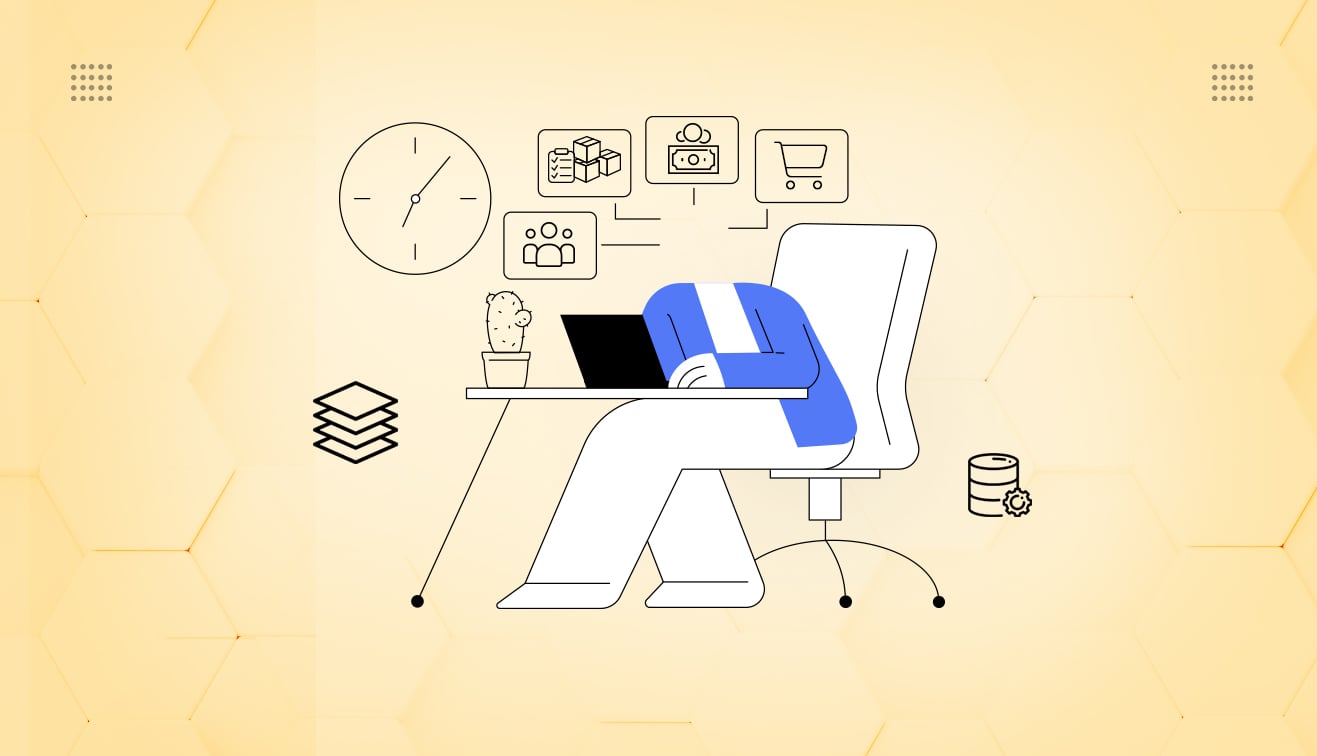
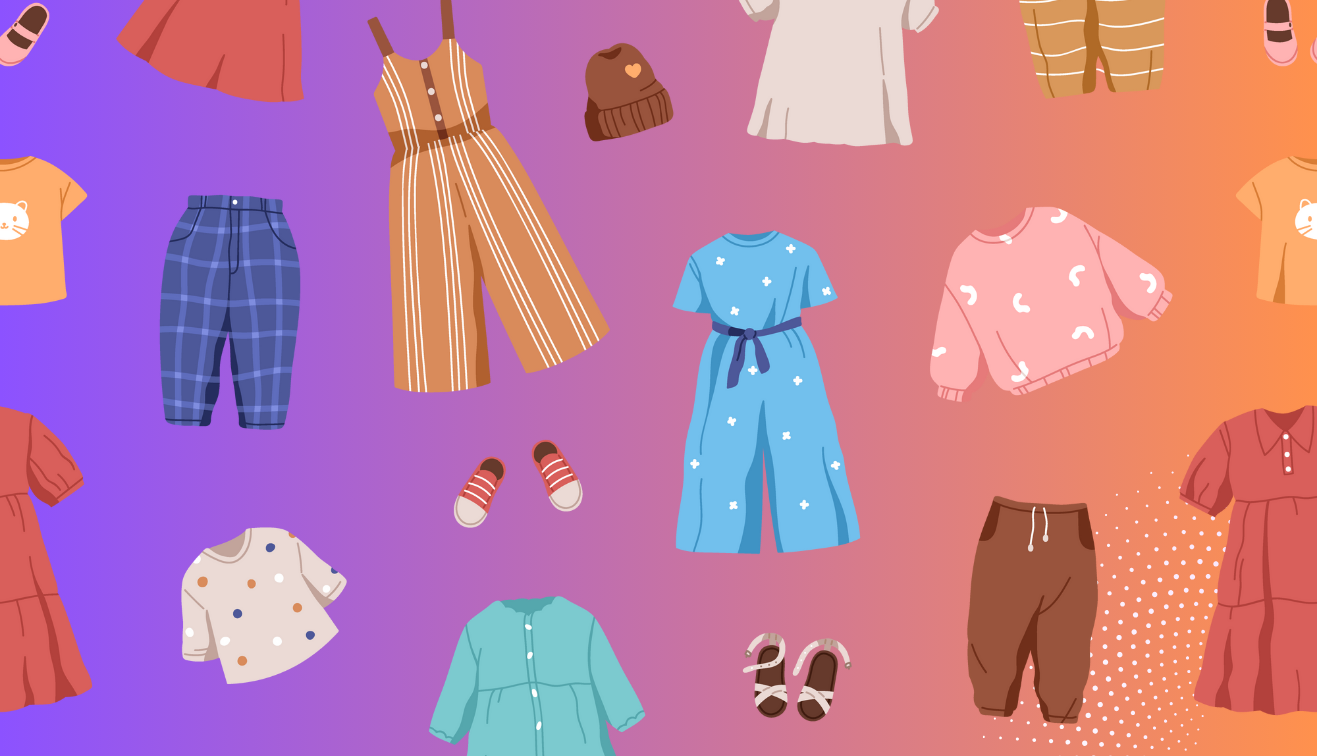
.png?w=3840&q=75)
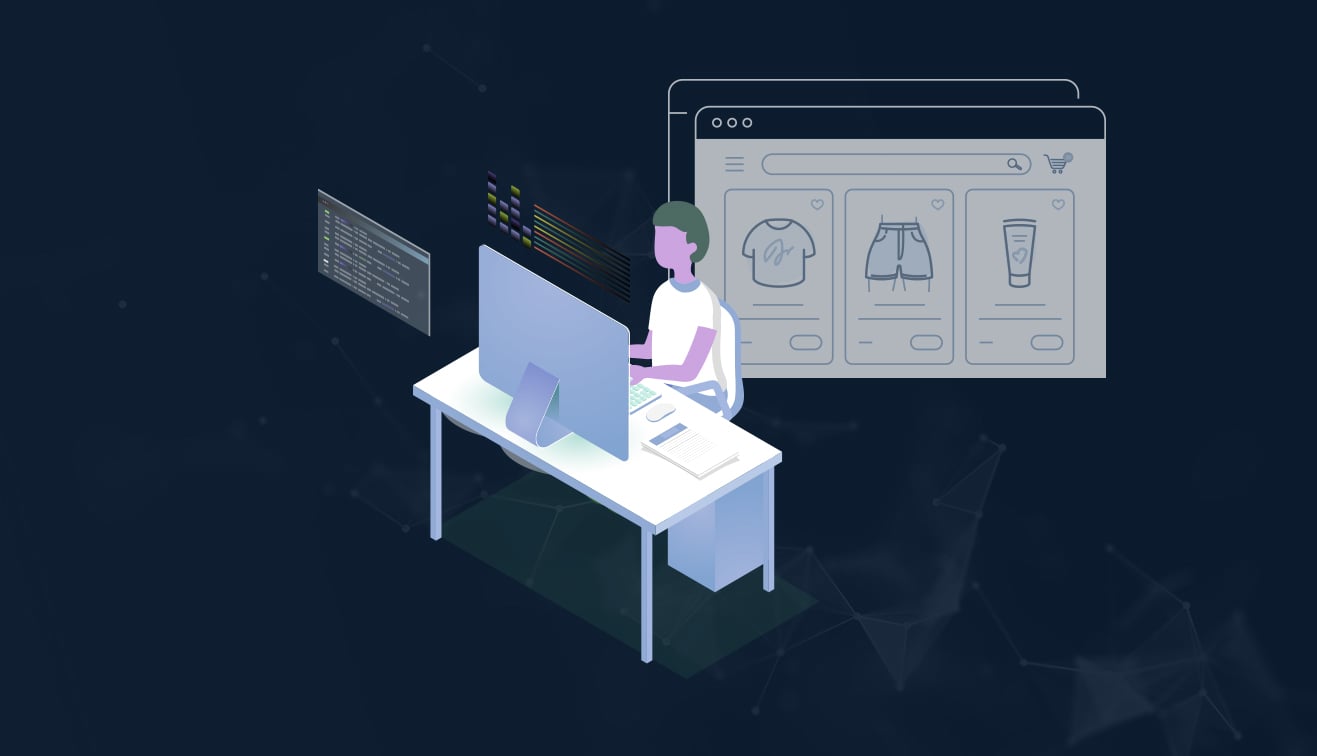
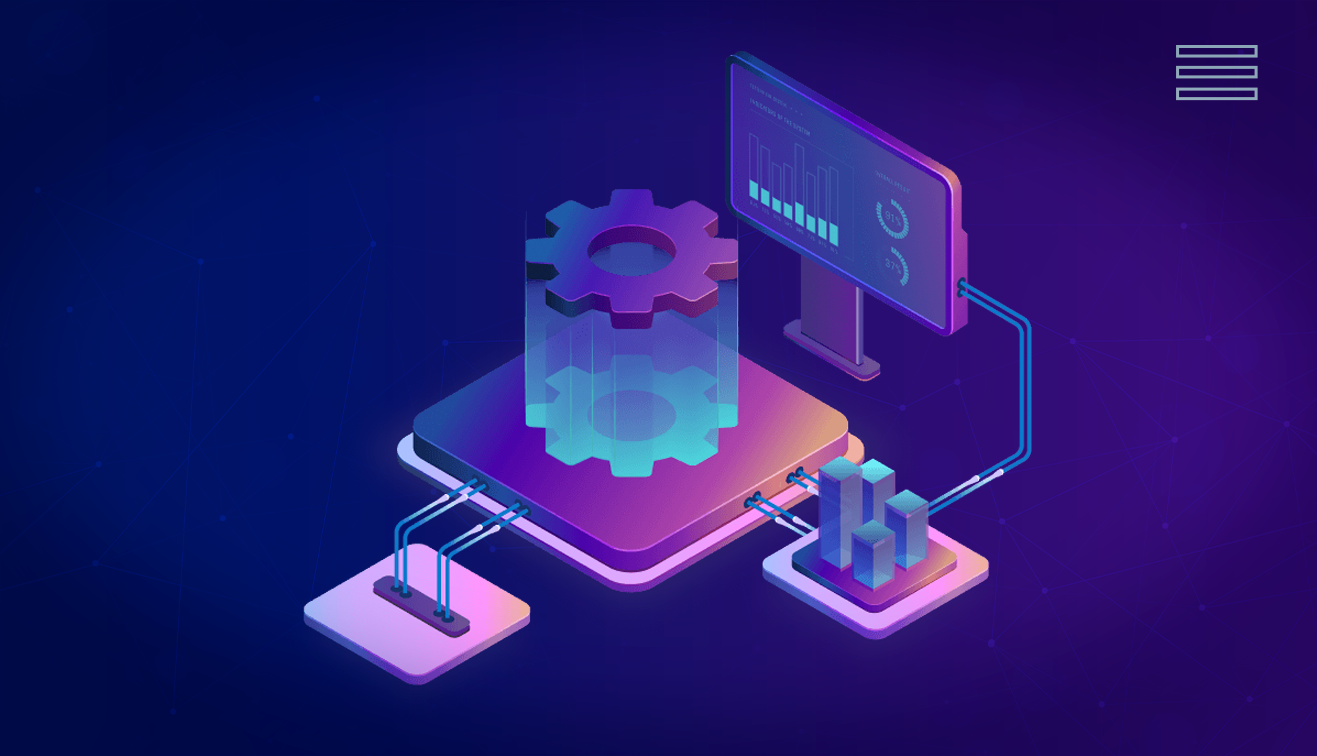
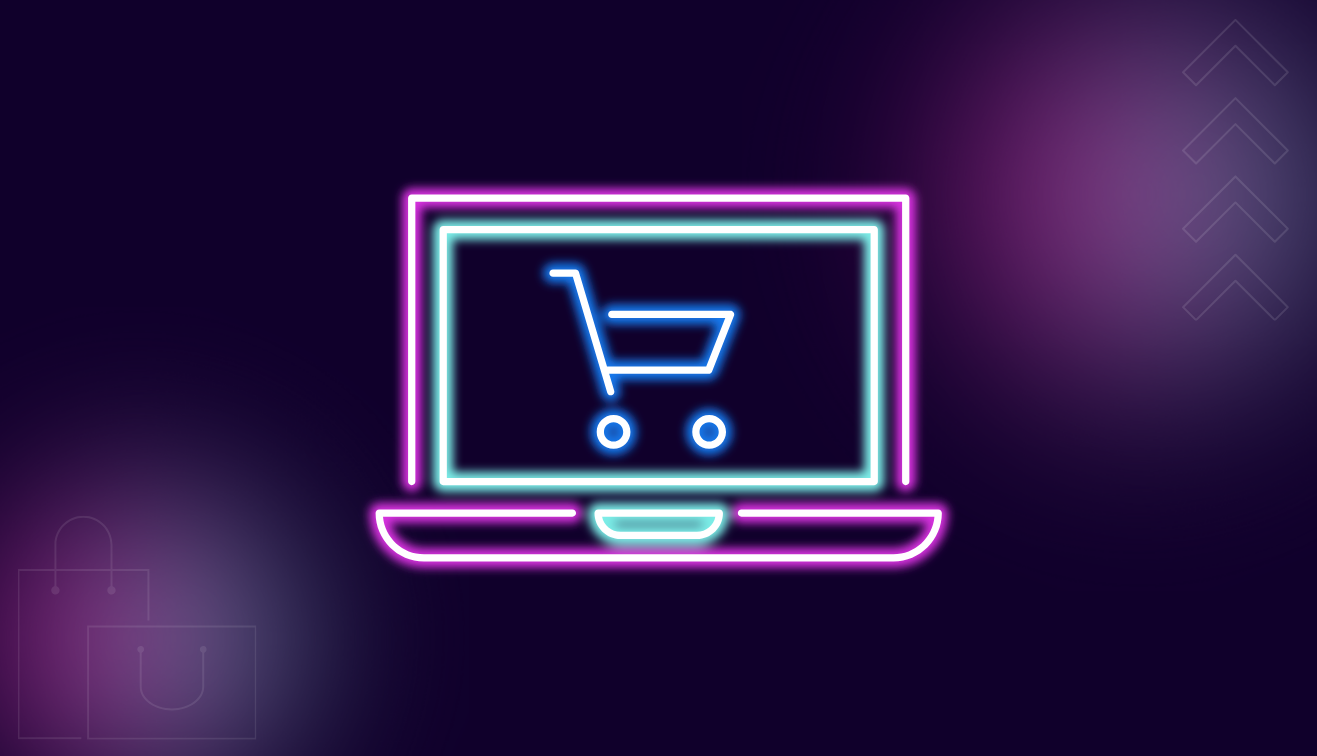
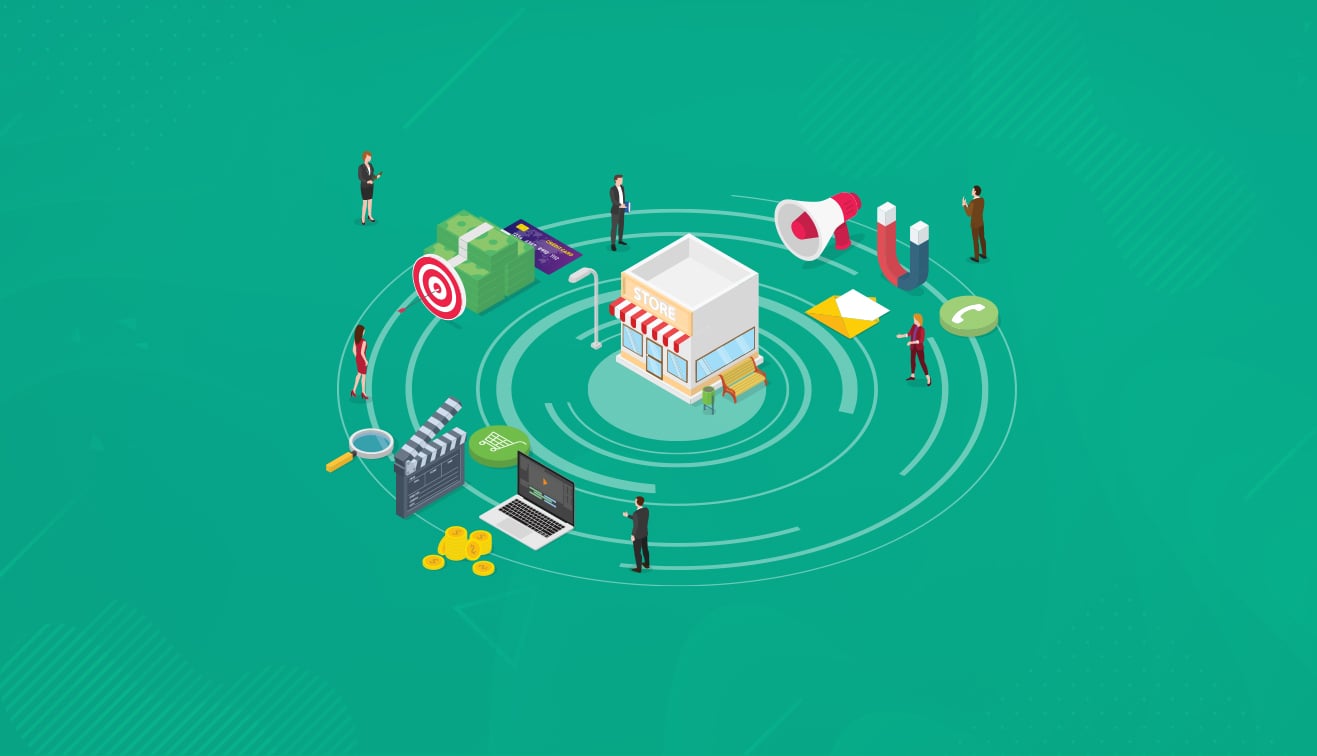
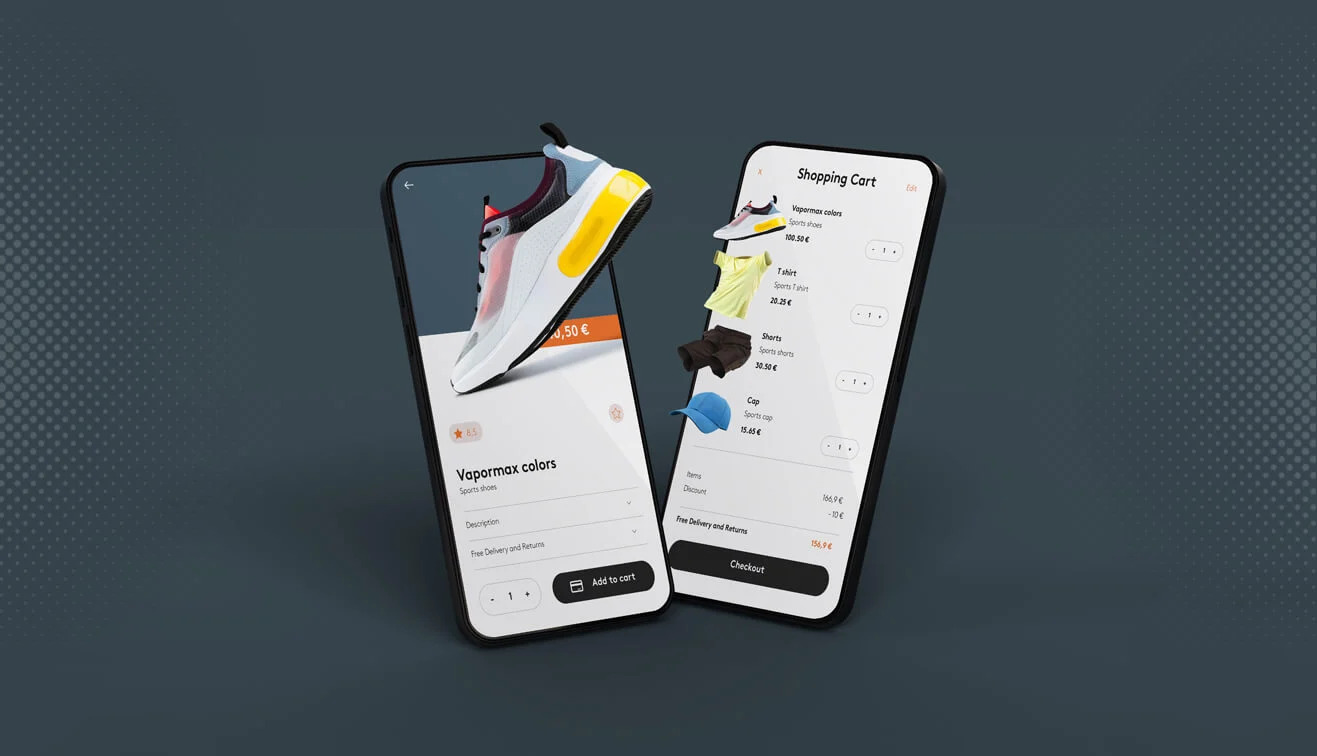
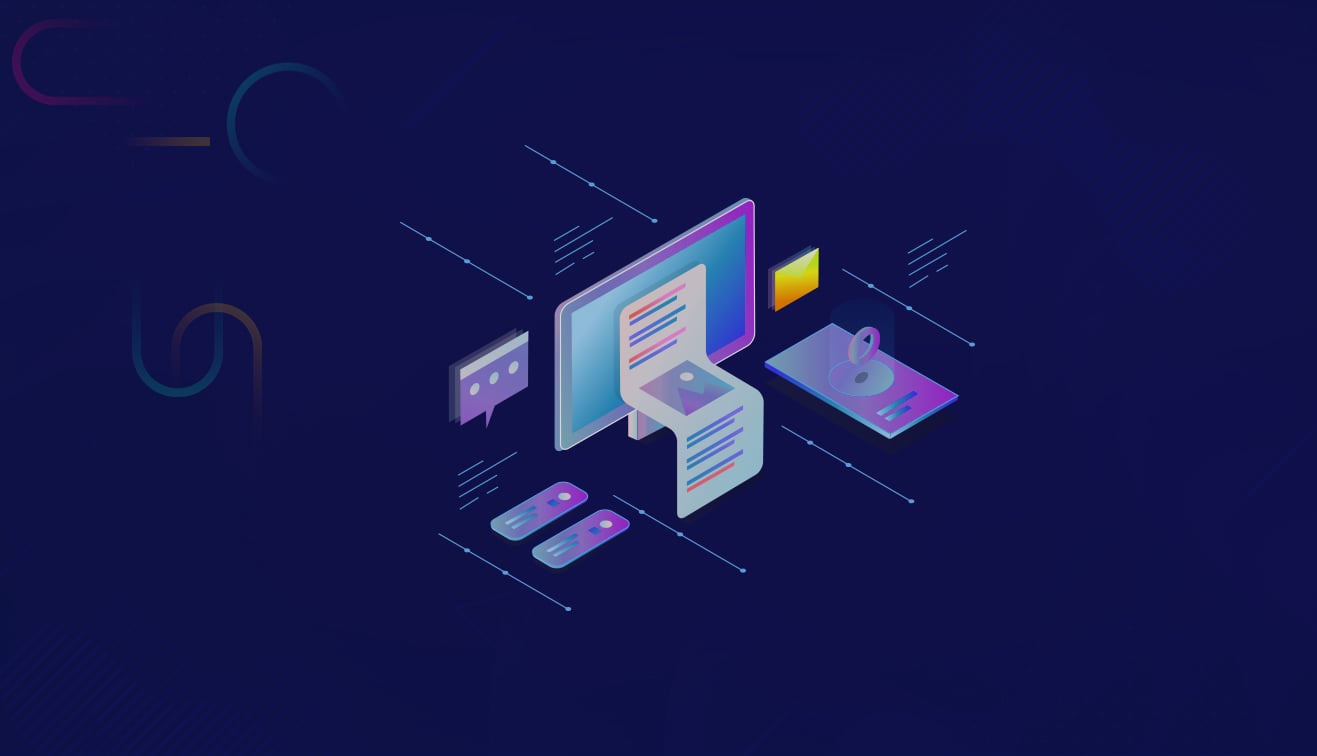
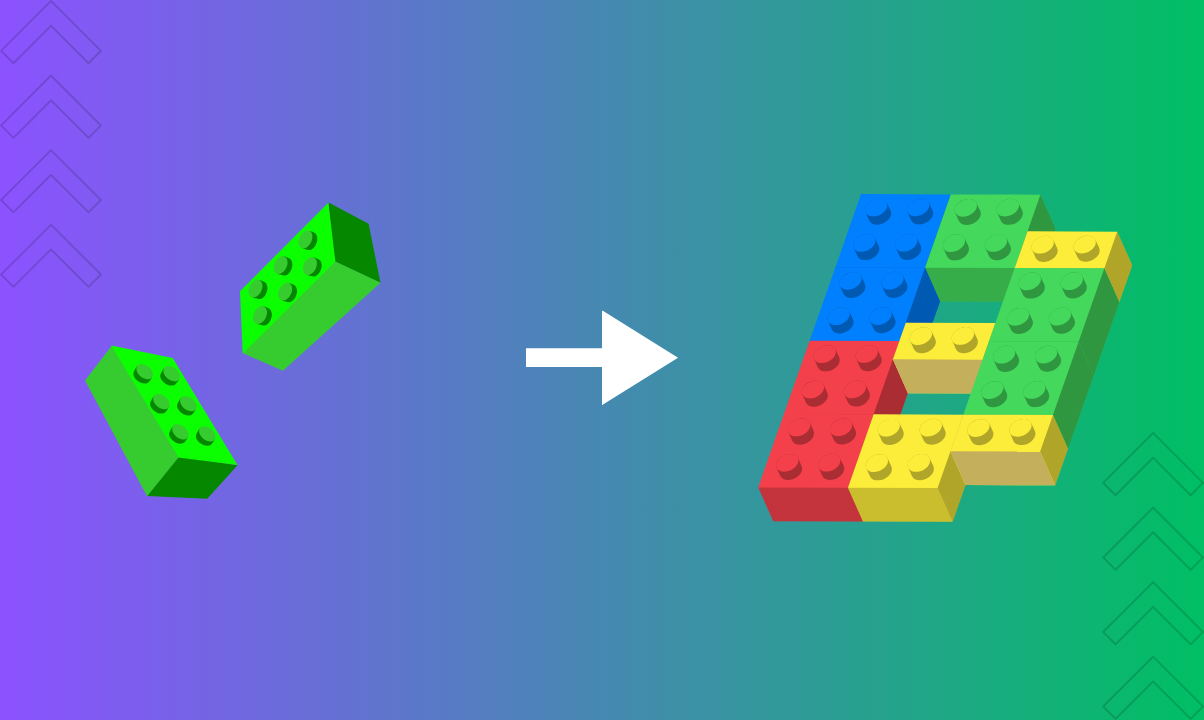
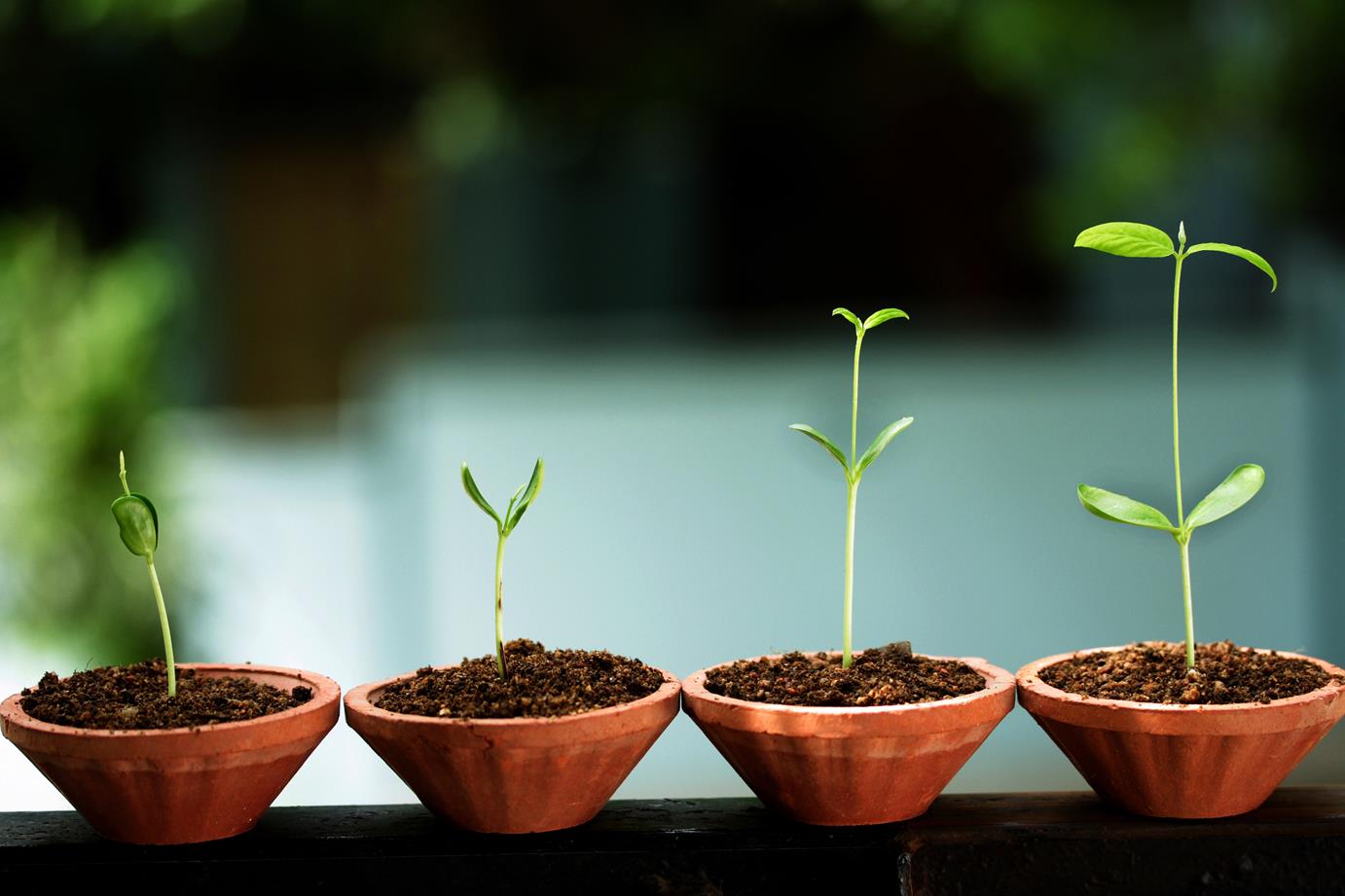
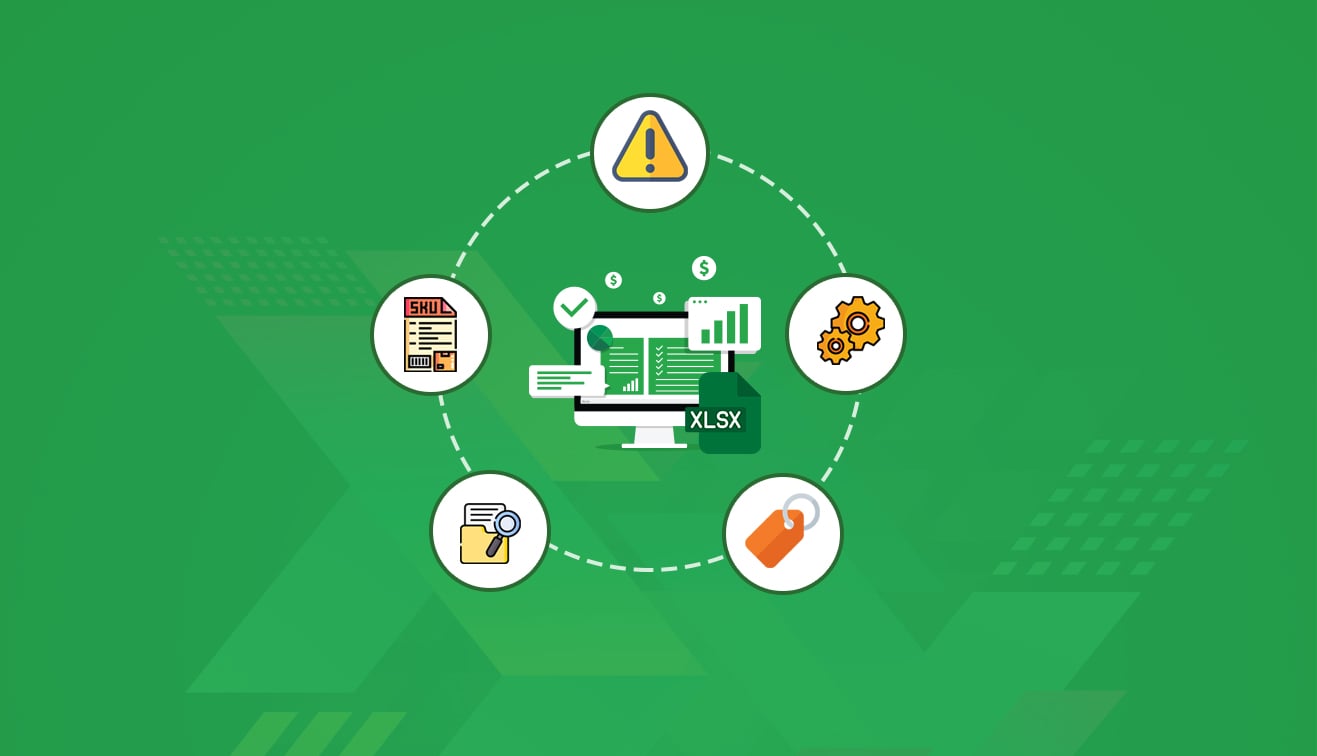
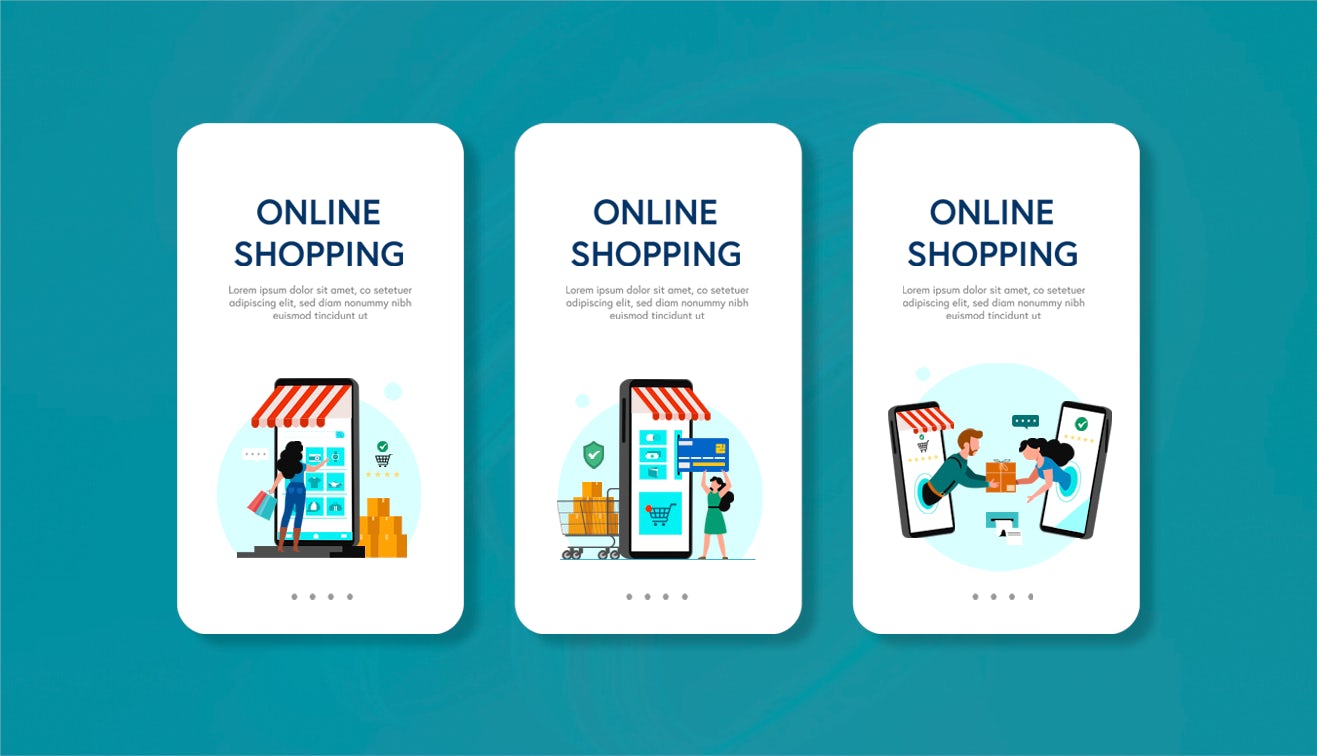
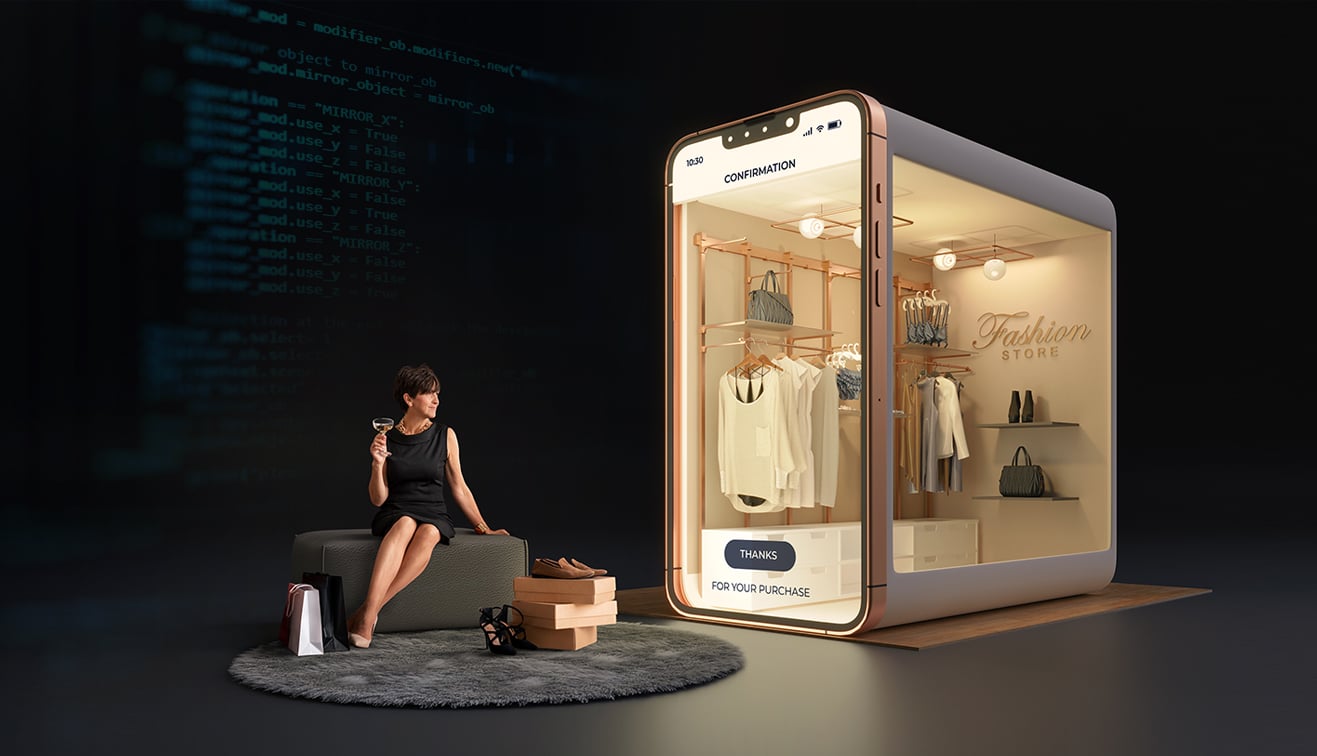
.jpg?w=3840&q=75)
